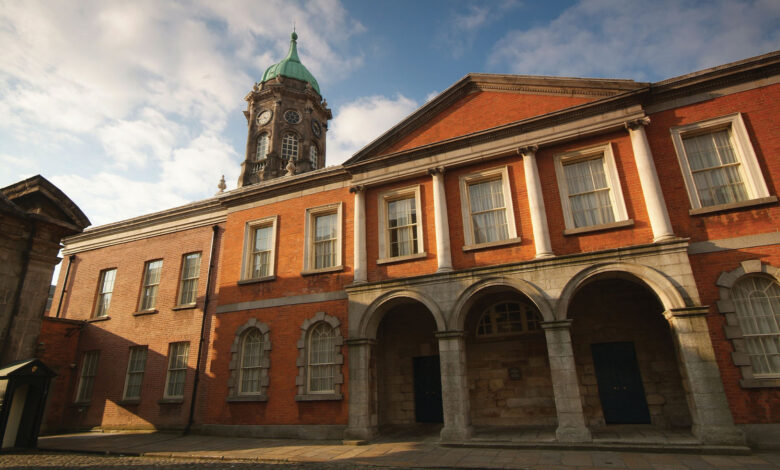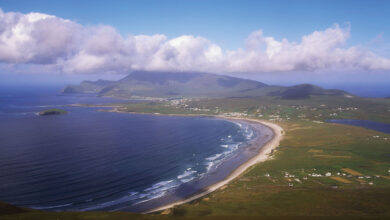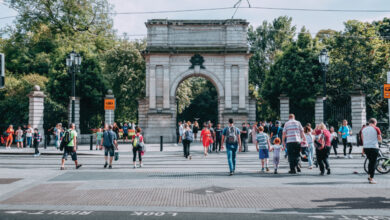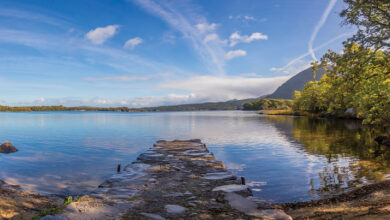Indicators of sustainable tourism

Climate Action Plan 2025 stipulates that a sectoral climate adaptation plan for tourism must be developed in 2025. Sustainable tourism indicators outlined by the Sustainable Tourism and Visitor Experience Lab (STORY) at the Atlantic Technological University could set the foundations for this plan.
STORY measures a tourism destination’s environmental impact using 17 core indicators across seven sub-categories: reducing transport impact; climate change; solid waste management; sewage treatment; water treatment; energy usage; and landscape and biodiversity protection. The core indicators for a destination’s success in reducing transport impact are:
- percentage of tourists and same-day visitors using different modes of transport to access the destination;
- percentage of those using local, soft mobility, or public transport services to navigate the destination;
- average kilometres travelled by those from accommodation to destination; and
- average carbon footprint of those travelling from accommodation to destination.
STORY evaluates a destination’s efficacy in addressing climate change by the percentage of tourism enterprises taking adaptation responses and actions, and those involved in climate change mitigation schemes including CO2 offset, low energy systems, etc. It also measures it by the percentage of tourism accommodation and attraction infrastructure located in ‘vulnerable zones’.
Indicators for a destination’s solid waste management include waste production per tourist night compared to the general population waste production per person; the percentage of tourism enterprises separating different types of waste; and the percentage of total waste recycled per tourist compared to the total waste recycled per resident per year.
Sewage treatment is measured by the percentage of sewage from the destination treated to at least secondary level before discharge. Water management is evaluated by the water consumption per tourist night compared with that of residents, the percentage of enterprises taking water consumption reduction actions, and the percentage of enterprises using recycled water.
The core indicators for energy usage are as follows:
- energy consumption per tourist night compared with residents;
- percentage of enterprise taking action to reduce energy consumption; and
- percentage of annual energy consumption from renewable sources compared to overall energy consumption.
To evaluate landscape and biodiversity protection, STORY measures the percentage of local enterprises in the tourism sector actively supporting protection, conservation, and management of local biodiversity and landscapes.
In February 2025, Fáilte Ireland announced its plans for sustainable tourism development. According to the organisation, the plans include “significant investments in destination development, domestic marketing, festivals to spread visitors beyond the busy summer months and initiatives to attract more business events to Ireland”.
Commenting on the plans, Minister for Tourism Peter Burke TD says: “In line with our new Programme for Government, these robust plans look to create a balanced regional spread of tourism, develop long-term, sustainable, well-paid careers in the industry, enhance our tourism infrastructure and support the sustainable growth of this sector.”





